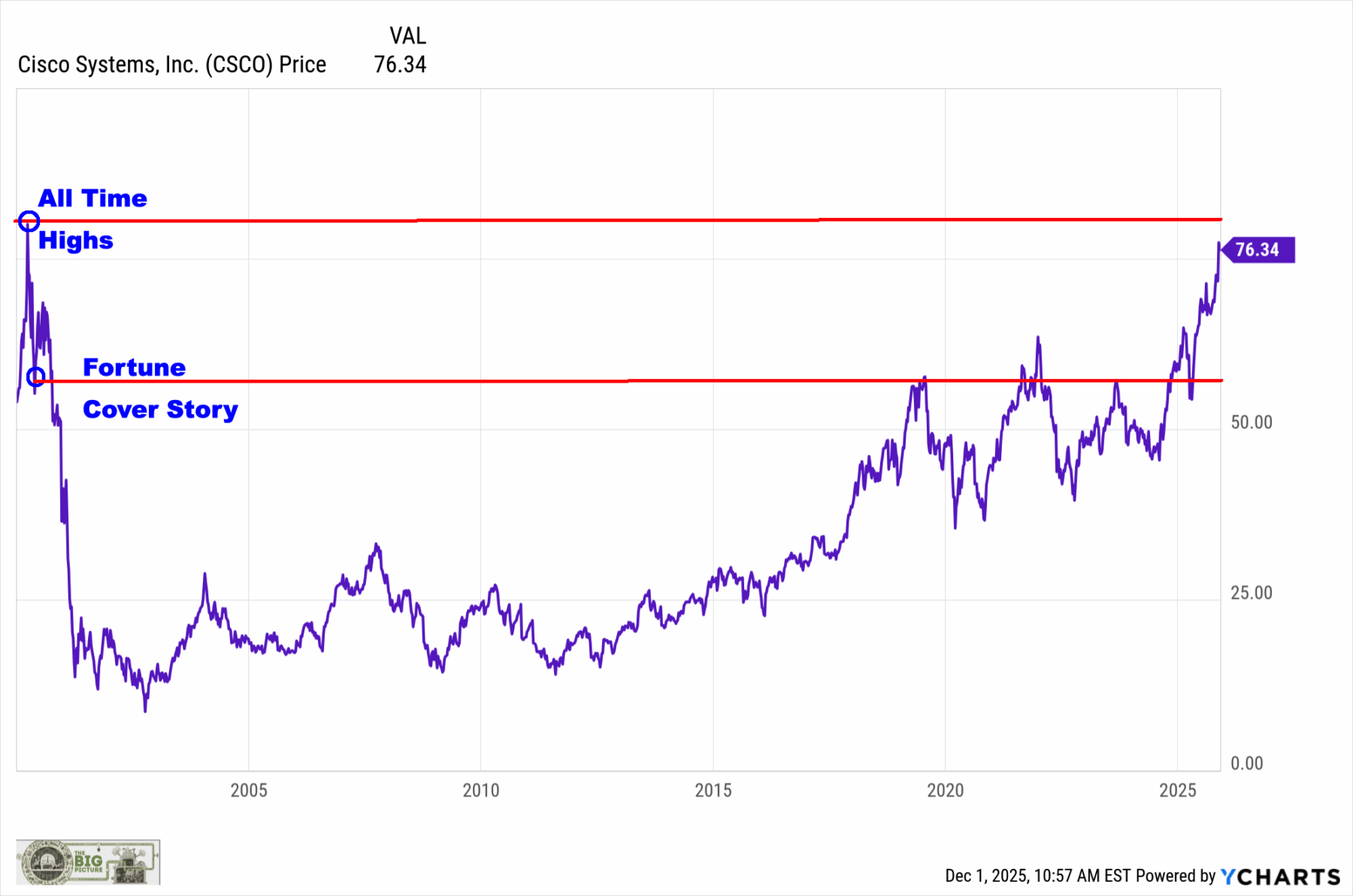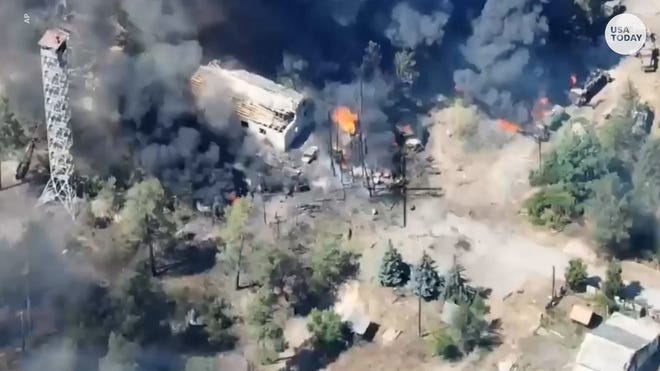Many pundits view financial crises as exogenous shocks that impact the business cycle. I’ve argued that most financial crises are actually endogenous, caused by the business cycle. There is very little evidence that financial crises have much effect on output, except when bank failures lead to currency hoarding that a central bank cannot fully accommodate due to a gold price peg. The banking crisis of the 1930s was a result of a depression that began in 1929, and the post-Lehman crisis of late 2008 was the result of a recession that began in December 2007.
Steven Kelly has a tweet pointing out that the recent banking problems in the US occurred on the West Coast, which is the worst performing region of the country (suffering from tech layoffs.)
Sudden bank runs are too often characterized as spontaneous fits of irrational panic. But what we see is that they’re very much tied to the business cycle. In 2023, West Coast bank runs have followed a West Coast business cycle that has very much turned:
When the banking problems developed back in March, the press was full of stories that the long awaited recession (which was already expected due to the Fed’s 2022 “tight money” policy) would now begin. After all, the recession of 2008 seemed to get much worse immediately after Lehman failed. (Actually, it got much worse before Lehman, but due to data lags this was not known until a few months later.)
Three months later we are still waiting for the recession.
People continue to make bad predictions because they have the wrong model. High interest rates do not indicate tight money. Financial turmoil is mostly the effect of a weak economy, not the cause.
Eventually, the US will experience a recession. But as long as the Fed continues to try to prevent recessions, the exact timing of recessions will be largely unforecastable.
















